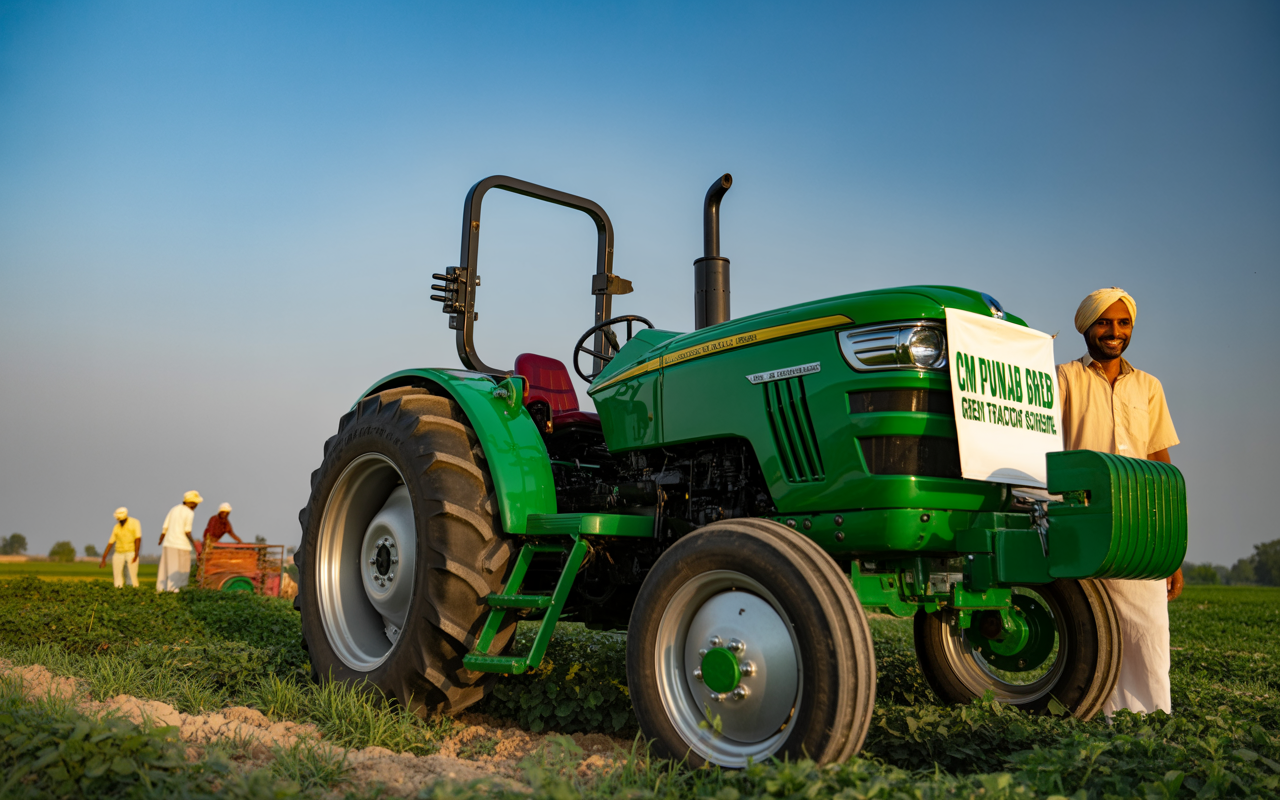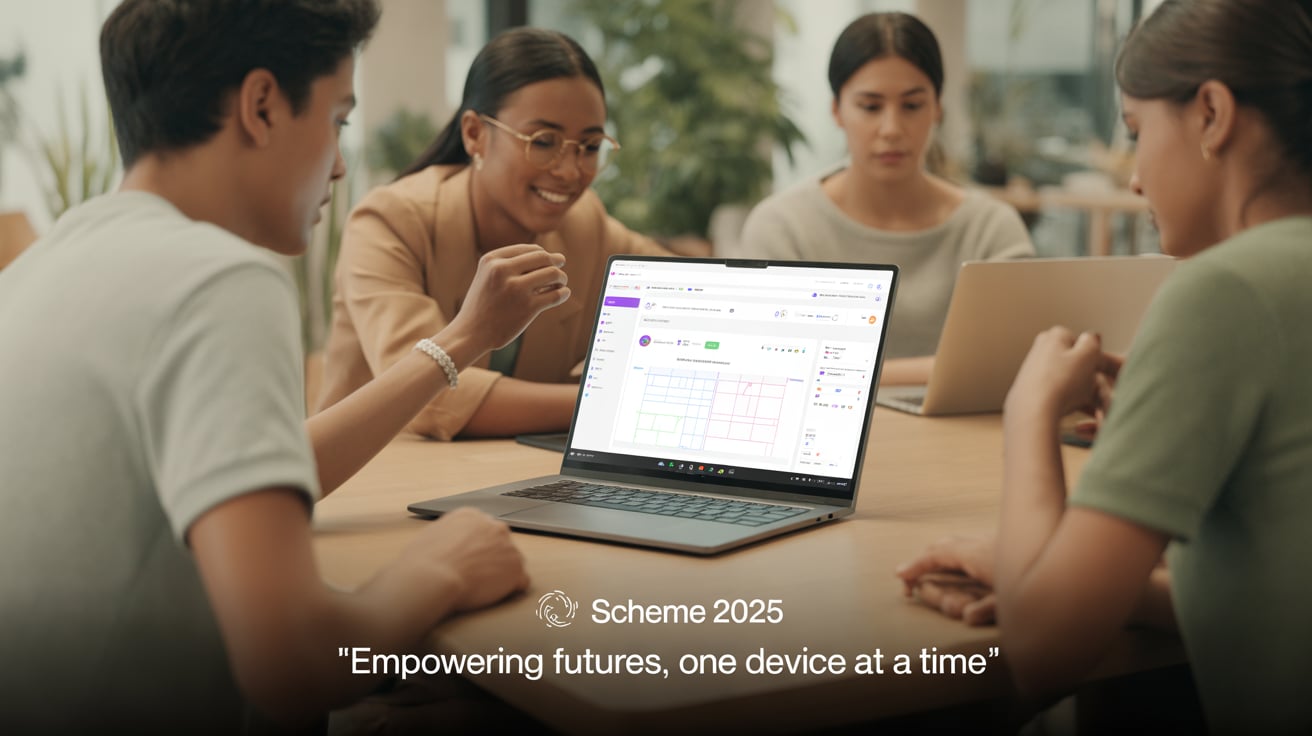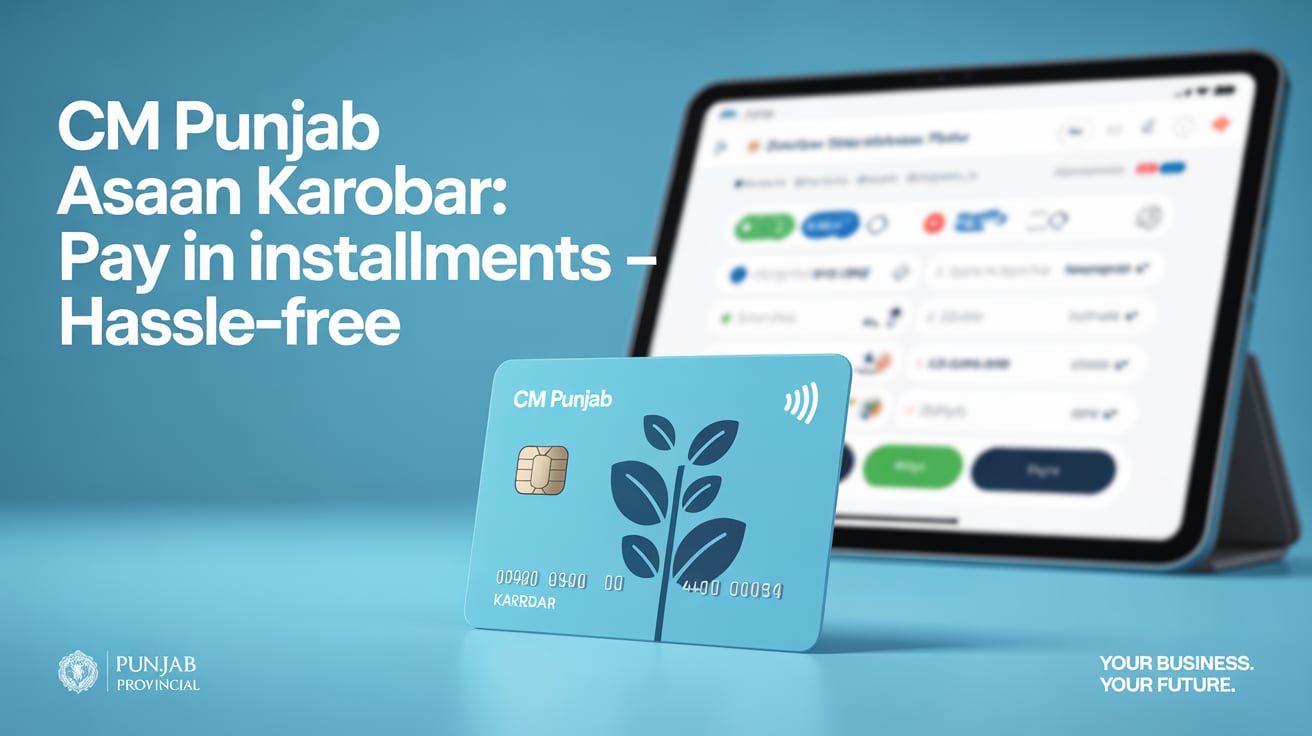Let’s face it—Pakistan’s agricultural sector has always been the silent engine powering our economy. You hear about exports, foreign exchange, or GDP—yet rarely is the farmer front and center. That’s the irony. For generations, farmers have worked the land tirelessly, yet support has been spotty at best.
But that’s starting to change.
With the introduction of the Chief Minister Kissan Card Scheme, farmers in Punjab are finally being brought into the modern age—digitally, financially, and logistically. And let me tell you, it’s not just about a plastic card. It’s about empowering a class that has long been ignored.
This article walks you through how the scheme works, why it matters, and how it’s changing lives from Multan’s cotton fields to the wheat plains of Sahiwal.
So, what is the Kissan Card Scheme anyway?
In the simplest terms: The Kissan Card is like a digital identity for farmers that gives them access to all kinds of government support—without the usual red tape.
It’s backed by the Punjab government and designed to help farmers access:
- Subsidized seeds, fertilizers, and pesticides
- Interest-free loans
- Crop insurance and disaster assistance
- Technical farming advice and training
- A formal link to the banking system
Basically, it’s a bridge between small farmers and big opportunity. For once, the system is built for them, not against them.
Why the Kissan Card Matters
To understand the Kissan Card’s significance, we need to take a look at how things used to be.
Before this scheme, a farmer wanting to get a fertilizer subsidy would have to:
- Fill out forms (usually with help, because many farmers aren’t literate)
- Wait weeks for approval—sometimes without a response
- Deal with corrupt middlemen, bribes, and vague policies
- Often end up buying low-quality inputs from unauthorized sellers
And loans? That was a whole other nightmare. Long queues, confusing paperwork, and high-interest lending meant most small farmers just stayed away altogether.
Now, with a single card, these barriers are getting bulldozed.
How the Scheme Works: A Step-by-Step Guide
Let’s break it down without all the technical mumbo jumbo:
🔹 Step 1: Registration
Farmers go to their nearest agriculture office or through a mobile unit and register using:
- CNIC
- Land ownership papers
- Mobile number
- Recent photograph
Their data is synced with land records to confirm their eligibility.
🔹 Step 2: Verification
Once verified, the farmer is added to the Punjab government’s digital farming database. This is key—it creates a trackable, real-time profile of their land, crops, and inputs.
🔹 Step 3: Card Issuance
A debit-style Kissan Card is issued (usually in collaboration with the Bank of Punjab). It’s activated for use at authorized agri-dealers, seed stores, and fertilizer outlets.
🔹 Step 4: Getting Support
With the card, a farmer can now:
- Buy subsidized seeds/fertilizers by swiping the card
- Receive interest-free loans, directly into their wallet
- Access government training programs
- Get updates about weather, crop cycles, and pest control
Everything’s recorded. No bribes. No manipulation. No confusion.
Real Benefits for Real Farmers
Here’s where it gets interesting. The impact isn’t just theoretical—it’s visible in the fields.
✅ 1. No More Middlemen
Previously, a lot of government aid got swallowed up before it even reached the farmer. Now, the money or subsidies go directly to the farmer’s digital wallet. No cash-handling. No skimming off the top.
✅ 2. Better Access to Quality Inputs
Only authorized dealers can accept the Kissan Card. That means the seeds and fertilizers sold through the system are certified, reducing the chances of fraud or fake products.
✅ 3. Financial Inclusion
Most farmers had never stepped inside a bank. Now, they’re formally part of the banking and credit system, with access to savings accounts, microloans, and insurance.
✅ 4. Timely Assistance
When floods or droughts hit, registered farmers can be quickly identified and compensated. It’s responsive governance, made possible through digital access.
Stories from the Soil
Let’s bring this to life with some voices from the field.
👨 Nazeer Ahmad, a sugarcane farmer in Rahim Yar Khan:
“I used to borrow from the local moneylender at 20% interest. Now I get my inputs with the card and pay zero interest. This is the first season I’ve started with hope.”
👩 Saeeda Bibi, a smallholder in Vehari:
“They always said schemes were for big landlords. But this time, I got my card. No bribe. No begging. Just showed my CNIC and land papers. That’s it.”
These are just two among thousands of success stories growing across Punjab.
Challenges That Still Need Fixing
We won’t sugarcoat it. There are still a few cracks in the system:
⚠️ 1. Awareness Gaps
Many farmers, especially in remote regions, still haven’t heard about the scheme or think it’s “not for them.”
⚠️ 2. Literacy Barriers
While the card is simple to use, understanding digital interfaces, mobile apps, or SMS codes can be hard for those who are not literate.
⚠️ 3. Dealer Corruption
Although rare, there have been reports of some authorized dealers inflating prices or demanding side payments. The government needs to monitor and penalize this strictly.
⚠️ 4. Slow Rollouts
In some districts, the registration and card delivery process is slow. Streamlining that pipeline could make a big difference.
Looking Ahead: What’s Next for the Kissan Card?
The Punjab government has plans to upgrade the scheme over the next few years. Some of the proposed additions include:
- Smartphone app integration for balance checks and loan applications
- Livestock & dairy linkage, not just crops
- Solar equipment financing for sustainable farming
- Real-time crop monitoring using satellite data
- Market access tools to connect farmers directly with buyers
It’s not just about farming anymore. It’s about building a farming ecosystem.
Why This Isn’t Just a “Scheme”—It’s a Movement
When a farmer becomes financially empowered, the entire village ecosystem begins to shift. Shops start stocking better tools. Local banks gain new customers. Young people return from cities because farming suddenly feels… viable again.
This is the true power of the Kissan Card.
It’s not a handout. It’s a hand-up—a tool that’s making rural Pakistan visible, valuable, and vibrant.
Final Thoughts: Cultivating More Than Just Crops
At its heart, the Chief Minister Kissan Card Scheme is about trust—trusting the farmer, trusting the land, and trusting that with the right support, rural Pakistan can lead the country forward.
We often hear that “agriculture is the backbone of Pakistan.” Well, it’s about time we started strengthening that backbone.
And it starts with a small plastic card—held not just in a farmer’s pocket, but in their hope for a better tomorrow.



